
Much has been said about the iPhone 7 even before it is released and we looked at the reactions as a sign that Apple continue to shape the direction of the smartphone industry that same way it did when it first introduced the very first iPhone to the world.
The iPhone 7 is new and improved, as any other generation of phones are released each year. Whether those improvements are enough or not remains to be a decision of the individual buyers based on their personal experience and needs.
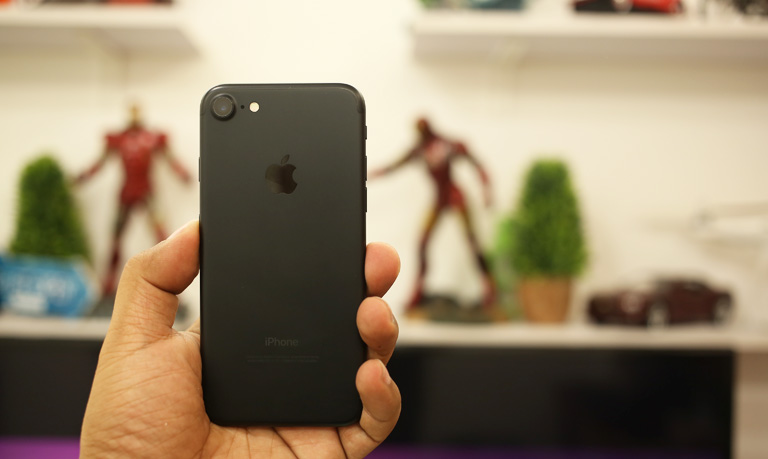
What we are trying to attempt in this review is to provide an objective assessment on the long list of features that it offers and whether they remain true as Apple claims it.
Before heading off to the full written review, check out our unboxing and hands-on of the iPhone 7 and 7 Plus:
Table of Contents
Design and Construction.
From the design department, there’s not really a lot that has changed on the iPhone 7 compared to the iPhone 6s. There were a number of cosmetic changes but these changes are not as apparent as the iPhone 5 improved on the 4s and the iPhone 6 is on the iPhone 5.
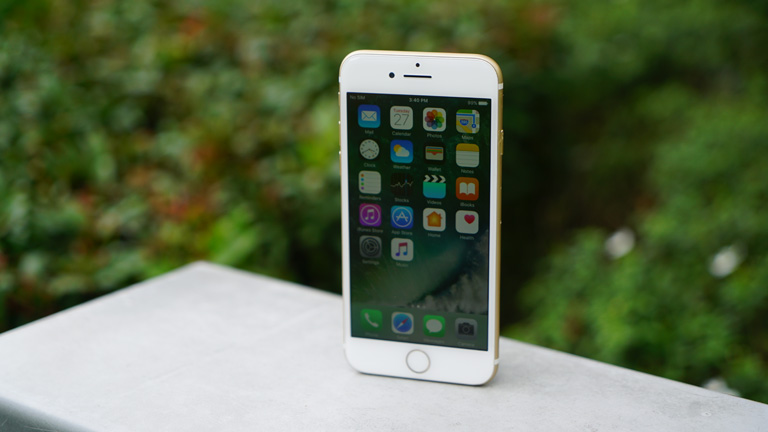
The dimensions, screen size and over-all profile remain the same. In fact, it would be quite hard to differentiate an iPhone 7 from an iPhone 6/6s unless you inspect them closer – the different lines of the antenna bands, the absence of the 3.5mm port and the different shape of the camera bump are the biggest signs that it is the newer model. And of course the new black and jet black colors.
Everything else looks and feels the same. The power button is on the right, volume controls and lock switch are on the left, lightning port and speakers at the bottom. The 3.5mm audio port down below is gone and if you need to plug an earphone, the lightning port is the way to go. Apple change the earphones with an lighting plug and if you want to use a different one, there’s a lightning to 3.5mm adapter that came with the box.

This approach is perhaps the biggest contention among critics and reviewers. The move seems counter-productive and the inclusion of an adapter seems like a step backward instead of forward.
The issue of compatibility to 99.99% has been raised and the tendency to lose that adapter is very likely are legitimate cause for concern.
On the other hand, we understand the position of Apple that the analog plug has to go and be replaced with a more modern one like the lightning port. Besides, there’s still wireless connectivity via Bluetooth which should address the problem of compatibility with other headphones.
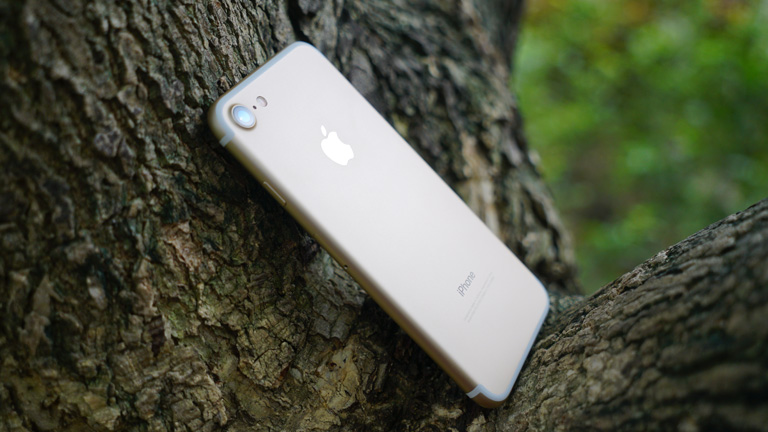
We may call these refinements but we cannot in all our conscience concede that these are real innovations.
The IP67 rating for water and dust resistance is a much welcome improvement, perhaps the single biggest significant (and perhaps life changing for many iPhone users) feature for the iPhone 7.

The physical home button has also been replaced with a non-mechanical part, much like the trackpad of the Macbooks. There’s no more clicking and that’s been replaced with haptic feedback.
The speakers at the bottom is paired with a second one that’s positioned at the earpiece. This adds more volume and stereo sound support.
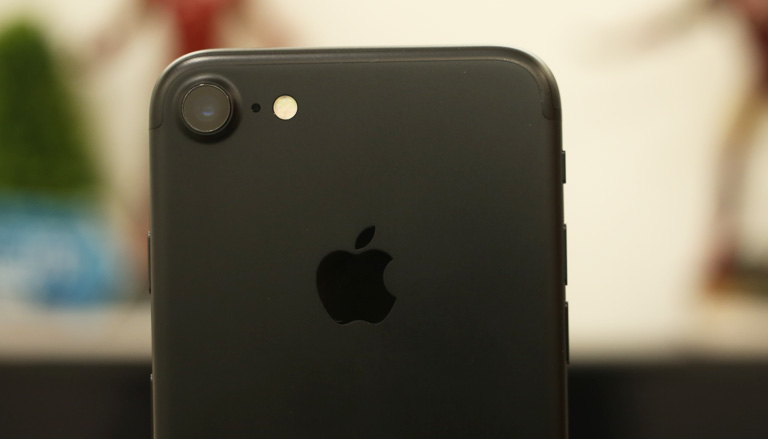
Among all the colors introduced, we especially like the matte black polished finish of the Black variant and while the Jet Black also looks good, it’s very prone to smudges and hairline scratches aside from being very slippery on the hands.
Display
Not much can be said on the display. It is still the same 4.7-inch display size and same old resolution of 1334×750 pixels. The panel has been improved for better colors gamut and 25% brightness (500 nits to 625 nits) which is the only noticeable difference we can see with our naked eye.
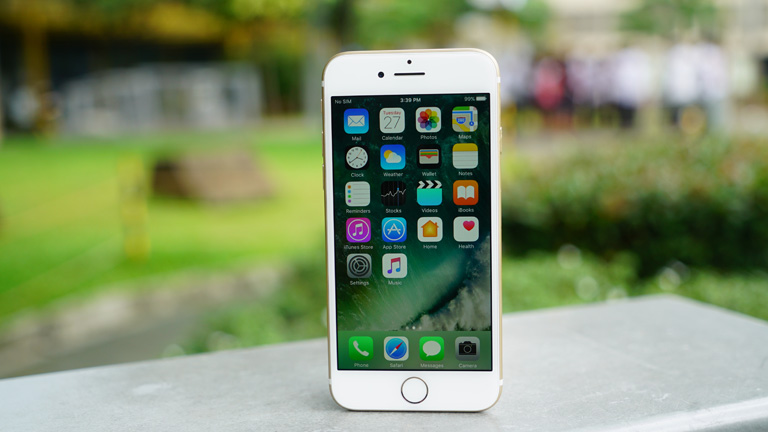
The screen to body ratio is still at 65.6% since the display size and the dimensions of the unit remained the same. Perhaps Apple has already settled with 326ppi as the ideal pixel density of the iPhone 7 as this is what they’ve been employing for the last 7 years (Apple has not increased the pixel density of their screens since the iPhone 4).
In terms of design and protection, we do not see any difference between the iPhone 7 and the iPhone 6/6s although it is possible Apple introduced better screen protection on the iPhone 7 (we reviewed Apple’s releases and there was no mention of improvement on that end).

Nevertheless, the display on the iPhone 7 looks really good, very crisp and bright. However, we feel that 4.7 inches is quite small for a smartphone these days (perhaps, they think those who wanted bigger can always get the Plus).
OS, Apps and UI
The iPhone 7 came with iOS 10 right out of the box. If you’ve downloaded iOS 10 earlier this week, you should be familiar with the updates introduced with it. The user interface remained the same compared to the previous major versions but there were a lot of refinements and new features that came with it.
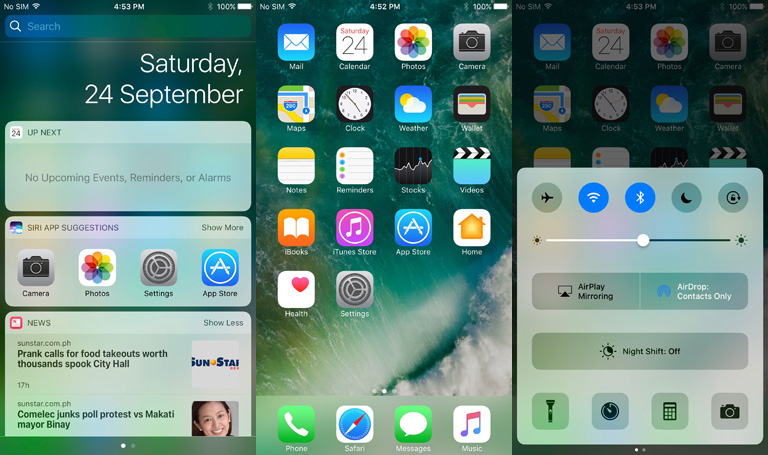
If you’re not familiar with iOS, the UI is simple and flat with all the apps lined up in a linear homescreen. You can group apps into folders for easier access and classification. There’s a widget home screen when you swipe to the left, a quick settings window when you swipe from the bottom and a notifications window when you swipe from the top corner of the screen.


Apple has also put a lot of efforts in making the Messaging app more expressive and feature-rich. It now looks like a chat app rather than an SMS app.
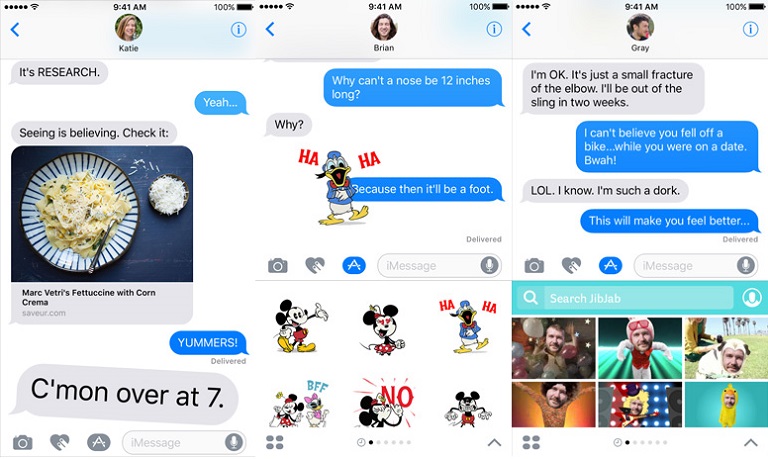
Even the native camera app has been heavily improved with features that compliment the dual-camera setup at the back and photo organizing features (Memories). Some of the functions of the camera are not yet included in this release of iOS 10. Apple claims they will be available when iOS 10.1 is released this October.

Of the dozens of new features that came with iOS 10, the best one we think that really matters a lot is the ability to remove/uninstall the native built-in apps that used to just take up space (we don’t want to call them bloatwares but technically, they are).
Check out our article on 6 coolest features of iOS 10 here.
Camera and Multimedia
The iPhone 7 has a new and improved camera with the rear having a 12MP f1.8 sensor and a front facing camera with 7MP sensor. It now has optical image stabilization too, a feature only the Plus used to have, so videos should look smoother or less shaky.

Here are some sample shots taken with the iPhone 7.
Where the rear camera of the iPhone 7 really stood out is with low-light performance. With a bigger aperture opening of f1.8, the iPhone 7 can see more in low-light conditions. See example below for comparison.

iPhone 7 rear camera: f1.8, 1/42s shutter speed, auto mode.

iPhone 6s rear camera: f2.2, 1/30s shutter speed, auto mode.
Notice the photo taken by the iPhone 7 is slightly brighter while the one taken by the iPhone 6s even has very noticeable banding.
The quad-LED True Tone flash on the iPhone 7 allows for a wider levels of brightness when shooting in low-light. This helps reduce too much flooding of lights and varying levels of intensity/temperature.
The absence of a 3.5mm keeps on bugging us but with the earpods now sporting a lighting port, that should not be a huge inconvenience. What will really bug you is that you will have to bring another set of earphones with 3.5mm jack, only because everything else still lives in an analog world.
Another improvement introduced on the new iPhone 7 are additional speakers up at front to compliment the old one that’s placed at the bottom end. This resulted to better audio quality when speakers are used for music or video playback although it’s nowhere near the depth and quality compared to the ones delivered by the likes of the Nexus 6P or the HTC One M9.
Performance and Benchmarks
As expected, Apple introduced a brand new chip for the iPhone 7. The A10 Fusion is the first quad-core processor by Apple, replacing the dual-core A9. The A10 Fusion is composed of a two pairs of dual-core processors with each pair switching between them depending on the tasks required by the system. The high-powered pair, running at 2.3GHz, is responsible for crunching heavy tasks while the low-power pair is used when on idle or for basic tasks such as email, chat and the likes.
Similar to Qualcomm’s big.LITTLE technology, this switching feature of the A10 Fusion provide better performance and battery management. This means better battery life for the iPhone 7 as shown in our battery test.
The iPhone 7 is certainly fast and snappy but the performance improvements over the iPhone 6s isn’t noticeable for most of the usual tasks. If you’re going to play a lot of hard-core games, like the recently released NBA 2k17, the iPhone 7 should give you better gaming experience and better battery life.

In our Antutu Benchmark tests, the iPhone 7 scored 178,992 points, the highest score across all smartphones we’ve tested ever.
Call Quality, Connectivity and Battery Life
The cosmetic changes introduced on the antenna bands was just that. It didn’t really improve the signal reception of the phone compared to its predecessor. Call quality is good, voice quality is clear and fairly loud and there’s additional support for more LTE bands (carrier aggregation can go up to 450Mbps). It also supports the 700MHz LTE Band 28 which is now being deployed by Globe and Smart.
The rest of the usual stuff are present, like WiFi and Bluetooth but NFC is still locked to just Apple Pay and cannot be used for instant pairing with other devices.

The iPhone 7 has a slightly larger battery capacity and Apple promises about an hour or two more battery life compared to the iPhone 6s Plus. In our WiFi video loop test, the iPhone 7 got 7.5 hours of playback time. This is just almost the same battery life we got from the iPhone 6s using the same benchmark test.
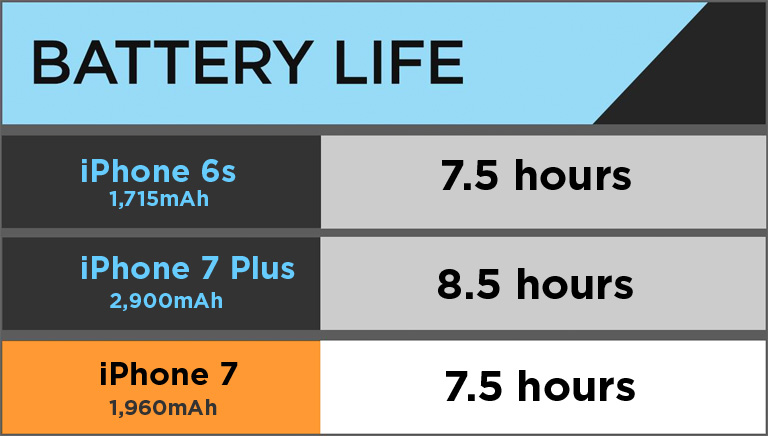
In our daily use, we could muster an entire day of moderate use but once you’re heavy on LTE, it doesn’t really last an entire day. Unfortunately, the iPhone 7 does not support wireless charging or even just fast charging features.
Conclusion
After using the iPhone 7 for a little over a week, there wasn’t anything much with it that I could say stood out from the previous model. Yes, it has more RAM, more storage, better processor, better camera, better display but all these felt incremental that you could not really see or feel the difference compared to an iPhone 6s running on iOS 10.

On the other hand, you’re stuck with basically the same old design for the last 3 years minus the 3.5mm audio port. If there’s a compelling reason to really upgrade to the iPhone 7, that would be because of the water-resistance. For others, it would be as simple as getting the matte black or jet black colors.
If you have an iPhone 6, then it makes sense to upgrade to the iPhone 7 as there are significant upgrades between the two. However, if you’re coming from an iPhone 6S, the iPhone 7 might not be a huge deal. And, if you’re a first time iPhone user and you have the money, the iPhone 7 is a pretty heavy investment that could put a huge dent in your wallet. For those who are on a tight budget, the iPhone 6/6s with its reduced retail price (only Php21,800 here) and iOS 10 update is still a much better option.
Apple iPhone 7 key specs:
4.7-inch Retina HD display @ 1334×750 pixels, 326ppi
Force Touch
Apple A10 Fusion chip
32GB, 128GB, 256GB internal storage
4G, LTE-A up to 450Mbps
Single-Sim (Nano)
WiFi 802.11ac with MIMO
Bluetooth 4.2
GPS with aGPS, GLONASS
NFC (Apple Pay)
12MP f/1.8 rear camera with OIS, six-element lens, flicker sensor, quad-LED TrueTone Flash
7MP Facetime Camera
Stereo Speakers
Fingerprint sensor
IP67 Water and Dust Resistance
Apple iOS 10
1,960mAh Li-Ion battery
138.3 x 67.1 x 7.1 mm (dimensions)
138 grams (weight)
Colors: Silver, Gold, Rose Gold, Black, Jet Black (128GB and 256GB only)
The Apple iPhone 7 will be available in the US and key markets starting September 16 starting at $649 (around Php30,400) for the base 32GB variant. There’s still no exact date when it will be released in the Philippines but our best guess is sometime in the middle to end of October.
Check out the Widget City’s listing for iPhone 7 here and iPhone 7 Plus here.
What we liked about it:
* Better performance
* Better camera
* Water-resistance
* Bigger storage
What we did not like:
* Missing 3.5mm audio port
* Home button takes time to get used to
* Same old design
* Expensive






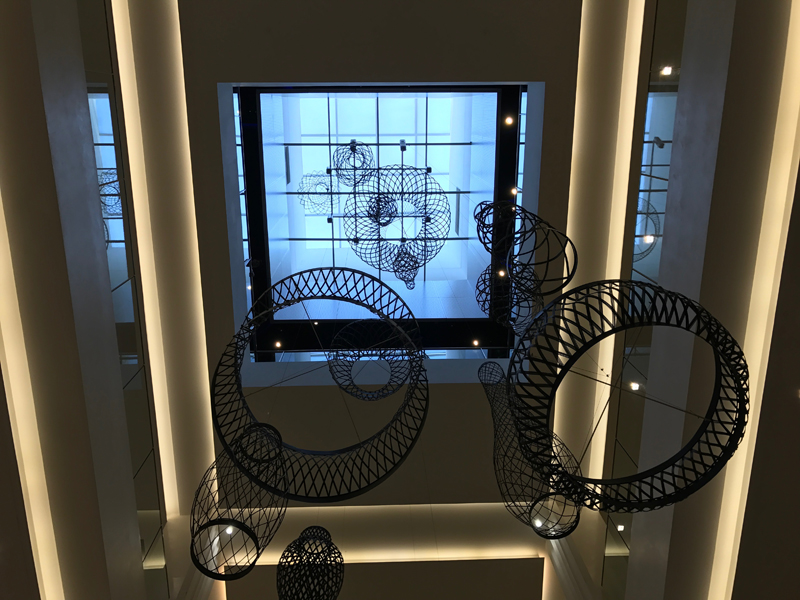

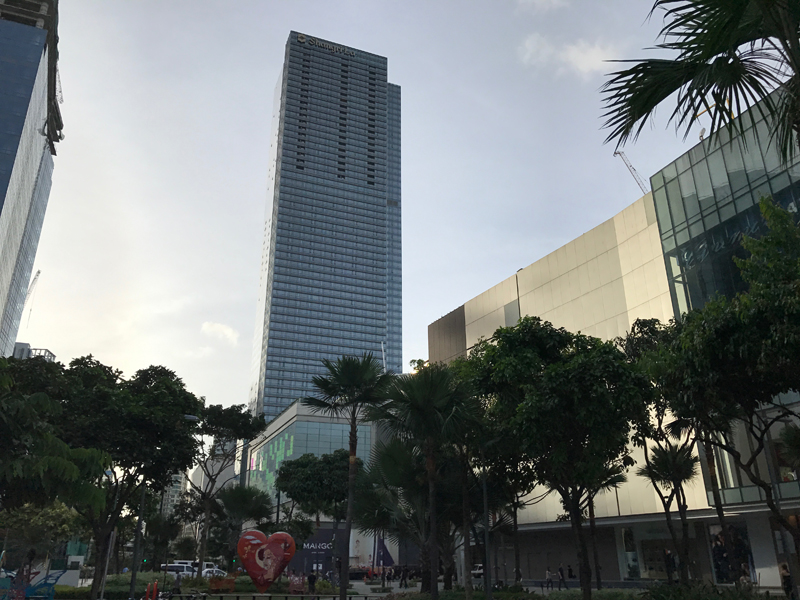








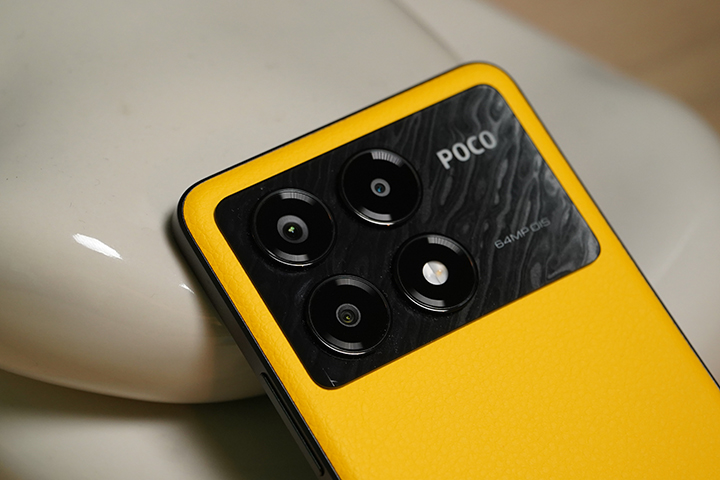



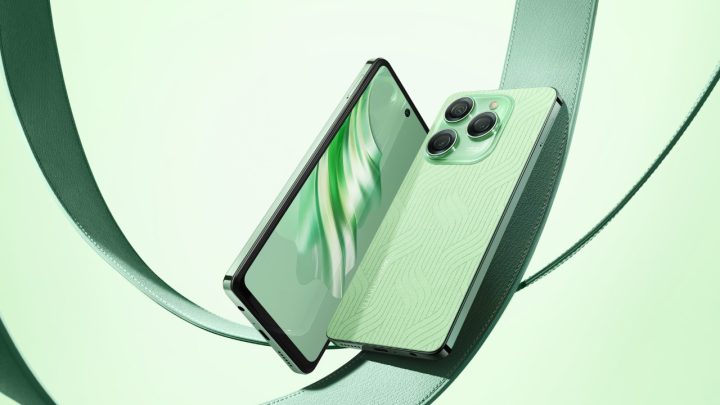


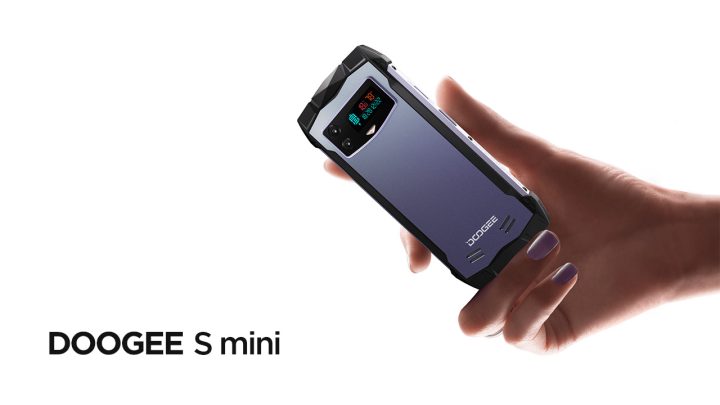
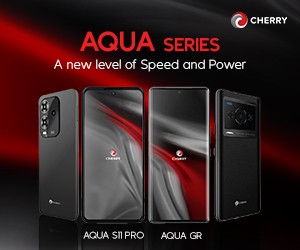









There’s a dark horizontal lines on iPhone 6s sample low light pictures. Is that normal?
Pasok yung mga “wala kang pambili, shut up ka na lang” comments
oo ikaw na ang mapera dito.